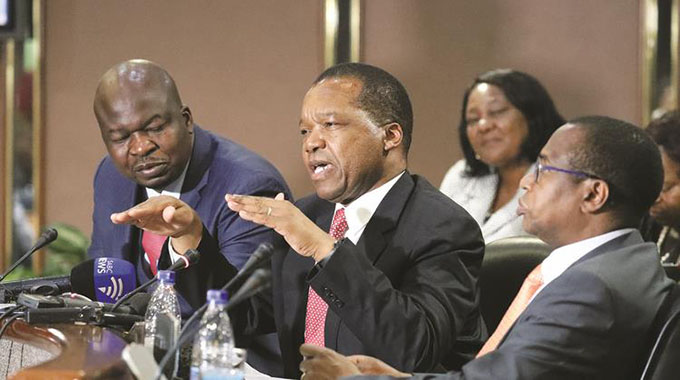Zim official inflation misleading
By Paul Nyakazeya
Zimbabwe’s official inflation is misleading and does not reflect the price increases of goods and services consumers are witnessing, a leading equities firm has said.

The country’s annual inflation is currently pegged at 5,39, according to Zimstats, but various analysts said it has breached the double-digit figures due to rampant price increases in the last few months
“Official inflation, however, does not fully reflect some of the direct price increases on individual basic product imports,” Old Mutual Securities (OMSEC) said in its portfolio manager’s report for the third quarter.
The notable rise in the price of imported goods is due to the point that foreign currency used to import them is sourced from the parallel market where exchange rates are at significant premiums to the official one for one exchange rate.”
Since the wave of price increases in response to the general rise in prices of goods and services due to soaring parallel market rates many Zimbabweans have been left baffled by the mismatch between the official inflation rate and the level of price increases.
The 5,39 percent September rate is highest since the economy was formally dollarised in February 2009. Before that the highest rate of inflation recorded in the dollarisation era was 5,3 percent in May 2010. But the stakeholders’ sentiment is that the official inflation rate is divorced from reality.
Month on month, the inflation rate in September 2018 was 0,92 percent, gaining 0,53 percentage points on the August 2018 rate of 0,39 percent.
This means that prices as measured by the all items Consumer Price Index (CPI) increased by an average rate of 0,92 percent from August 2018 to September 2018.
As the mismatch continue to widen, listed firms chief executives are increasingly relying on internally generated inflation data.
In a series of presentations made during engagements with analysts for the half year ended June 30, 2018 financials, several CEOs indicated that official statistics cast the image of stability in volatile Zimbabwe, which is misleading. — The Financial Gazette






